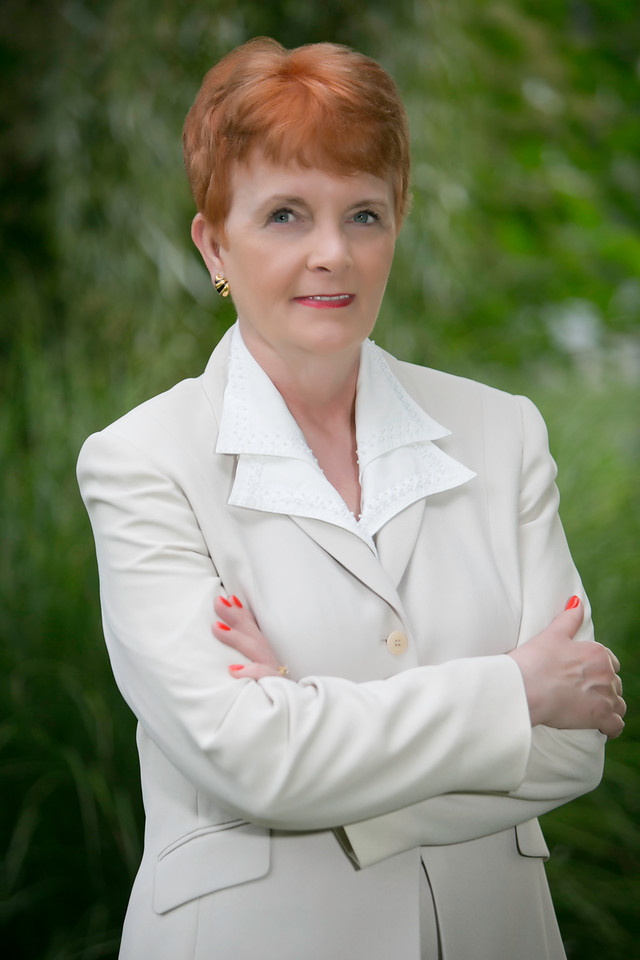What Works; What Doesn’t
Edward S. Lewis, a successful entrepreneur who died at 92, said, “It’s not about choosing a life free from problems; it’s about choosing the problems you’re willing to face.” These words remind us that we have the power to choose our battles. What affects us at work can also affect our personal lives.
In life and work, it’s easy to feel frustrated and overwhelmed by routines, habits, or situations that seem impossible to change. But, as I tell my clients, there are always other solutions. We just have to look at our situation differently. A simple yet powerful “Stop, Start, Continue” tool can help you break free from unproductive patterns and create a more satisfying, balanced, and productive life.
When working with leadership clients, I introduce this model to develop rapport and trust and enhance the team’s performance. It can also apply to individual lives. Here’s how you can use it to reshape your daily routines, habits, and mindset.
STOP: Letting Go of What Holds You Back
The first step is to identify what’s not working: unproductive habits, negative thoughts, or anything else that drains your energy without adding value to your life.
- At Work: Are you spending too much time on tasks that don’t contribute to your goals? It’s time to stop constantly checking emails or saying yes to every request without considering its impact on your workload. Stopping these behaviors frees up time and mental space for more critical tasks.
- In Life: Think about the habits that might be hindering your well-being. Maybe it’s excessive screen time (going down the rabbit hole on the Internet is addictive), procrastination, or staying up too late. Stopping these habits can lead to better health, more energy, and a clearer mind.
Stopping what’s not serving you allows new, positive actions to take root.
START: Building Positive Routines
Next, think about what you can start doing to improve your life. These actions will lead to growth, satisfaction, and a greater sense of fulfillment.
- At Work, Set boundaries to protect your time and energy. Consider scheduling focused work periods (meeting with yourself is as essential to completing your commitments as meeting with others), taking regular breaks, or learning a new skill that aligns with your career goals. These practices can boost your productivity and job satisfaction.
- In Life: What positive habits can you introduce into your daily routine? It could be as simple as starting your day with exercise, drinking more water, or dedicating time to a hobby that brings you joy. Starting these habits can enhance your overall well-being and happiness.
Starting something new can be energizing, offering fresh perspectives and opportunities. It’s a chance to invigorate your life and embrace change.
Continue: Strengthening What’s Working
Finally, take stock of what’s already going well. You should continue these practices, habits, and behaviors because they positively affect your life.
- At Work: Continue building relationships with colleagues, offering support, and engaging in team activities. These actions foster a positive work environment, leading to greater collaboration and success. What other habits work well for you?
- In Life: Continue nurturing your relationships by spending quality time with friends and loved ones and actively listening to their needs. Maintaining these connections is crucial for your emotional health and a fulfilling life.
Continuing what’s working well ensures you maintain a solid foundation while exploring new ways to grow.
Applying Stop, Start, Continue in Your Life
The beauty of the Stop, Start, Continue model lies in its simplicity. It encourages self-reflection, helping you make conscious choices about living and working. Here’s how you can apply it:
- Reflect Regularly: Set aside time each week or month to reflect on what you need to stop, start, and continue to help you stay aligned with your goals and values. Review what went well and what could be improved, tweaked, or changed.
- Be Honest with Yourself: Being truthful about what’s not working in your life is essential. This honesty will lead to meaningful change.
- Remember to acknowledge the positive changes you’ve made, no matter how small. Celebrating your progress is motivating and encourages continued growth. Small victories can lead to significant changes.
By regularly stopping what drains you, starting what empowers you, and continuing what sustains you, you’ll find that there’s always another way to live a more fulfilling and productive life.
So, what will you stop, start, and continue today? You have the power to reshape your life. Apply the Stop, Start, Continue model to take the first step towards a more fulfilling and balanced life.



0 Comments